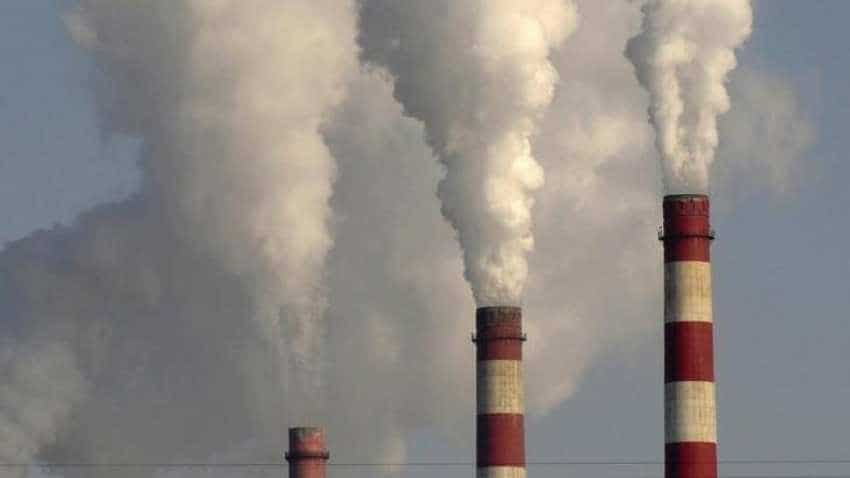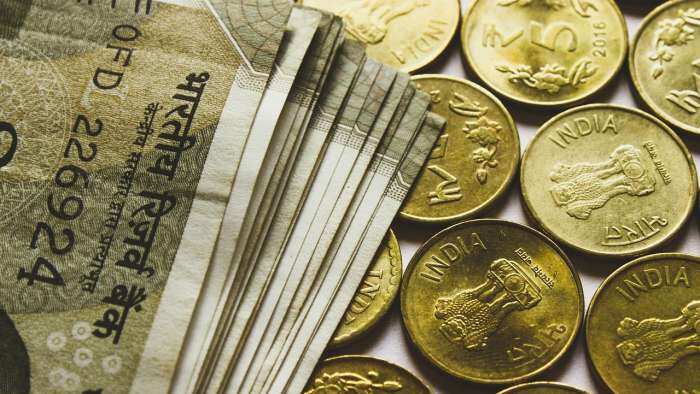Global emissions rising again, but India's ranking improves
Global carbon dioxide emissions are rising again but India`s ranking has improved by three points, a Germanwatch report said on Monday.

Global carbon dioxide emissions are rising again but India`s ranking has improved by three points, a Germanwatch report said on Monday.
Sweden and Morocco were the leading countries, with the latter making significant expansion of renewable energy. Eight of the G20-countries performed very low, the report said, adding that the US and Saudi
Arabia were at the bottom of the Climate Change Performance Index 2019.
India moved to 11th rank from last year`s 14 position as a result of an improved performance in renewable energy, comparatively low levels of per capita emissions and a relatively ambitious mitigation target for 2030.
China climbed to rank 33rd, being in the group of the medium-performing countries for the first time.
Beijing performed relatively well regarding its emissions trend from 2014 to 2016, but emissions started to increase again recently, according to the report.
The overall high rating in the climate policy category reflected the government`s progress on regulating industrial emissions, building emissions and a successful renewable energy support scheme.
After three consecutive years of stable CO2 emissions, emissions were rising again. The Climate Change Performance Index showed only a few countries that started to implement strategies to limit global warming below two or even 1.5 degrees Celsius.
While there was a continued growth and competitiveness of renewable energy, especially in countries that had low shares before, the index showed a lack of political will of most governments to phase out fossil fuels with the necessary speed.
Because of that, in most countries the climate policy evaluation by national experts was significantly lower than in the last years.
Jan Burck, co-author of the index, told IANS in a statement: "Based on techno-economic developments in the last years, delay in implementation of low-carbon solutions can hardly be justified."
"While the G20 summit has shown strong support of 19 countries to support the Paris agreement, the political will of those governments to set the right frameworks and incentives for its national implementation is not yet reflected in these words," he said.
Niklas Höhne, co-author of the index, said: "Before Paris (agreement), the world was heading to four-five degrees Celsius of global warming. Now we are still on a path to more than three degrees, still a catastrophic perspective.
"The costs of electricity from wind and solar have dropped by roughly a third since then, so all countries can increase ambition and pace," he said.
In 40 of the 56 analysed countries, the emissions decreased between 2011 and 2016. However, investments in fossil fuel infrastructure were leading to a high risk of a lock-in into high emissions pathways.
The top three positions of the Climate Change Performance Index 2019 were still unoccupied, because none of the 56 countries or the EU were clearly on a well below two degrees Celsius pathway in their overall performance.
In total, the countries` ambition as well as the level of implementation was not high enough, the report said.
With comparably good ratings in emissions and renewable, Sweden was ranked fourth, followed by Morocco that significantly increased its share of renewable energy capacity and has an ambitious national climate target.
Germany fell again, from place 22nd to 27th rank and was now in the middle of medium-performing countries.
The very low performers were almost half of the G20 countries. They were Japan (49), Turkey (50), Russian Federation (52), Canada (54), Australia (55) and Korea (57). And at the bottom of the index were the US (59) and Saudi Arabia (60).
The US again lost several places due to its low to very low-rated performance in the greenhouse gas emissions, renewable energy and energy use.
Get Latest Business News, Stock Market Updates and Videos; Check your tax outgo through Income Tax Calculator and save money through our Personal Finance coverage. Check Business Breaking News Live on Zee Business Twitter and Facebook. Subscribe on YouTube.
RECOMMENDED STORIES

SBI Senior Citizen Latest FD Rates: What senior citizens can get on Rs 7 lakh, Rs 14 lakh, and Rs 21 lakh investments in Amrit Vrishti, 1-, 3-, and 5-year fixed deposits

Power of Compounding: How soon will monthly SIP of Rs 6,000, Rs 8,000, and Rs 10,000 reach Rs 5 crore corpus target?

SBI Guaranteed Return Scheme: Know how much maturity amount you will get on Rs 2 lakh, 2.5 lakh, 3 lakh, 3.5 lakh and Rs 4 lakh investments under Amrit Vrishti FD scheme

SIP vs PPF: How much corpus you can build in 15 years by investing Rs 1.5 lakh per year? Understand through calculations

SIP+SWP: Rs 10,000 monthly SIP for 20 years, Rs 25 lakh lump sum investment, then Rs 2.15 lakh monthly income for 25 years; see expert calculations
07:13 AM IST








 SunSource Energy commissions 3 open access solar plants in Uttar Pradesh
SunSource Energy commissions 3 open access solar plants in Uttar Pradesh Amplus commissions 73.4 MWp solar project in UP
Amplus commissions 73.4 MWp solar project in UP Global CO2 emissions from fossil fuels to hit record high in 2023—report
Global CO2 emissions from fossil fuels to hit record high in 2023—report Honda to start battery sharing service for e-rickshaws in India this year
Honda to start battery sharing service for e-rickshaws in India this year India can cut carbon emissions by deploying renewables, gas power: GE Gas Power
India can cut carbon emissions by deploying renewables, gas power: GE Gas Power